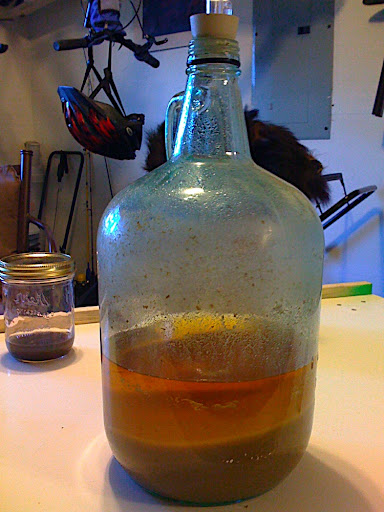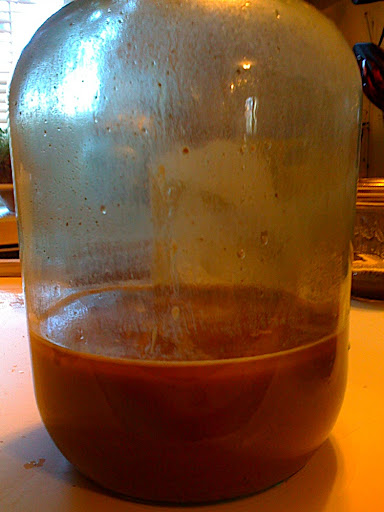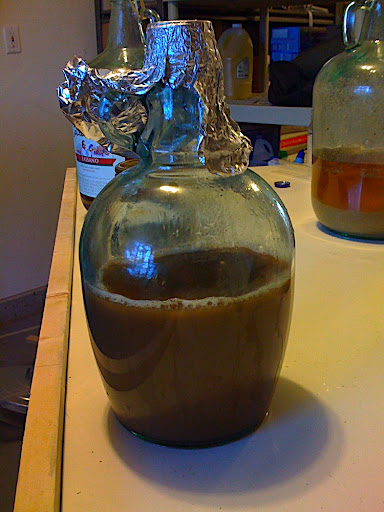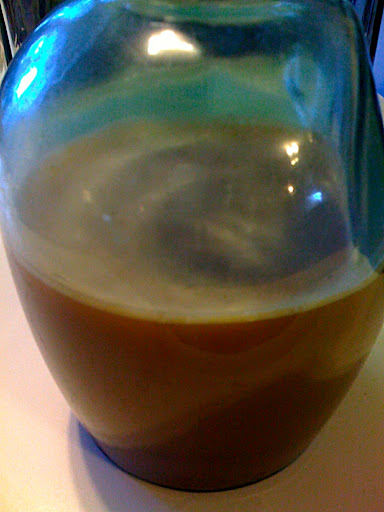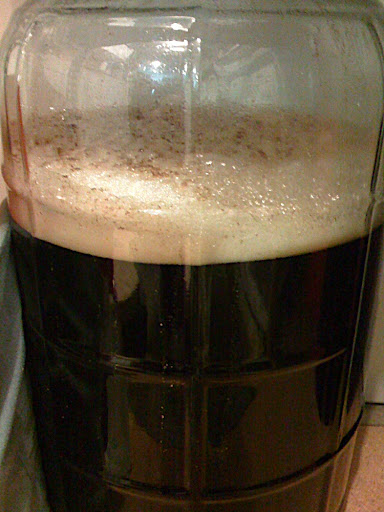I'm sure this has been covered to death, but my search skills must be lacking.
My M-I-L cans tomatoes, jelly, peaches, relish and other things using a hot water bath system consisting of an aluminum pot and rack. She does not can beans because she does not have a pressure cooker to do it without fear of botulism.
Is it possible to can jars of starter wort in this manner or do I need to have a pressure cooker.
My M-I-L cans tomatoes, jelly, peaches, relish and other things using a hot water bath system consisting of an aluminum pot and rack. She does not can beans because she does not have a pressure cooker to do it without fear of botulism.
Is it possible to can jars of starter wort in this manner or do I need to have a pressure cooker.




